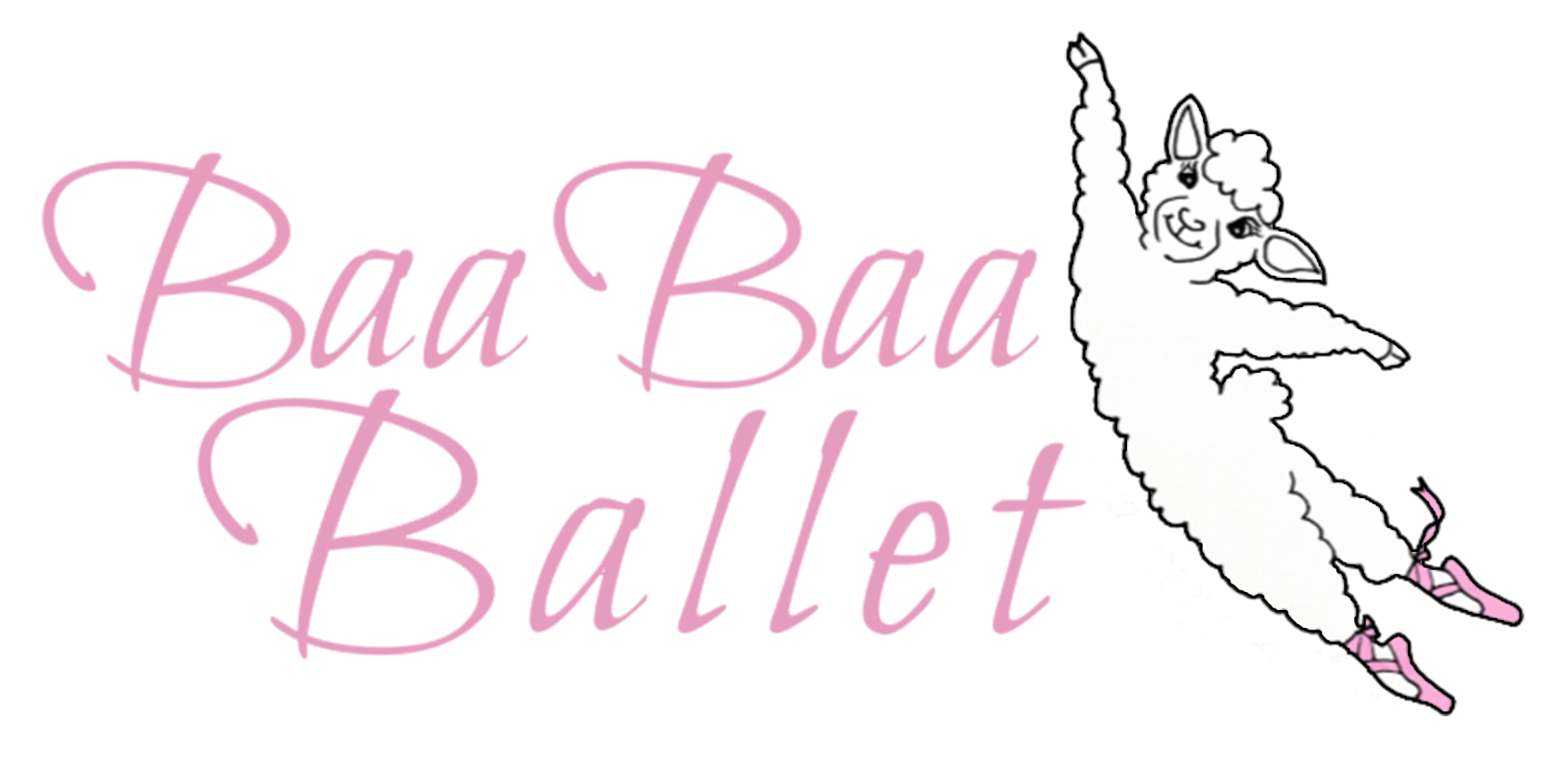
Pointes and Perspective #28 You're Never Fully dressed Without A Smile
You’re Never Fully Dressed Without a Smile
One evening, I was teaching a group of high school seniors, making my way around the room as they were executing a laborious developé combination. As I approached Lily, she was working hard, typical of this consistent student, but with a monumental, forged, toothy smile on her face. She was not looking at me, as she shouldn’t, and rather proceeded with proper epaulment, to finish the combination over her shoulder, the purposeful grin still on her face. I looked around the room at the other students, expecting to find someone distracting her, but she was at a corner barre, facing a wall versus facing her classmates. I checked to see if perhaps she caught a glimpse of a “troublemaker” in a mirror, but that wasn’t the case either. Finally, I turned to her and flat out asked, “Lily, are you smiling to yourself?”
“Yes!” She answered matter of factly, “It makes the combination easier and less painful.”
The class giggled quietly, and I raised my eyebrows and tilted my head in a silent “whatever floats your boat” manner, and chuckled to myself as I turned to show the next combination. I was picturing Will Ferrell as Elf in my head, goofily exclaiming, “Smiling's my favorite!”
But just before I began teaching the grand battement combination, I quickly addressed Lily, and the class, informing them that, actually, there is scientific evidence that smiling does in fact, reduce pain.
Psychological Health Professionals confirm that smiling increases mood-enhancing hormones while decreasing stress-enhancing hormones, including cortisol, and adrenaline. Additionally, smiling reduces blood pressure, and can help you live longer, by lowering the risk of early death from cancer and infection. And, Walden University states, “Because you typically smile when you’re happy, the muscles used trigger your brain to produce more endorphins, the chemical that relieves pain and stress.” So Lily was definitely on to something!
Physical health benefits aside, I teach my students that they need to add a “smile” to their dancing, and learn how to execute performance expressions. No, not the big cheesy “Elf” grin! I cannot recall what teacher passed this on, but I do remember being “taught” how to execute the “performance face.” Wide open, clear focused eyes, with slightly lifted eyebrows, as if you are listening intently to a friend. And slightly opened mouth, with a relaxed jaw. The “aware” facial expression.
Dancers must communicate with their audience, not just through the steps and choreography, but through emotions and expressions. You may be able to execute a near perfect technical performance, but drawing the audience into a memorable and emotional experience, connecting and keeping them engaged is going to require facial expressions. Luckily this is a skill that can be perfected through acting, pantomime, and improvisation, and understanding and feeling music. Stage presence, confidence, and your unique expressions form your artistic identity, and may very well separate you from another similar artist, at an audition, or as you work to climb the ranks of a dance company!
Several months ago, I wrote an article about adding your individual personality to your dancing, and finding your niche, in “Discover Your Spice.” Your facial expressions may be your spice! Years ago, I had a student who was exceptionally talented, placing at the top of competitions and receiving numerous scholarships. Yes, she gave outstanding performances, but there was no denying Gabi’s smile. It was the first thing anyone mentioned after she performed. When you watched Gabi, her smile drew you in, and you found yourself grinning from ear to ear! Her facial expression was surely her signature!
Be sure to encourage your students to work on their “smiles.” Emotional intelligence, empathy, and the art of non-verbal communication, are valuable skills, not just on the dance floor, but in everyday life. Your expressions can speak volumes, AND improve your health!
As Bert Healy sang on his radio show in the musical, Annie, “It's what you wear from ear to ear, and not from head to toe that matters!”

